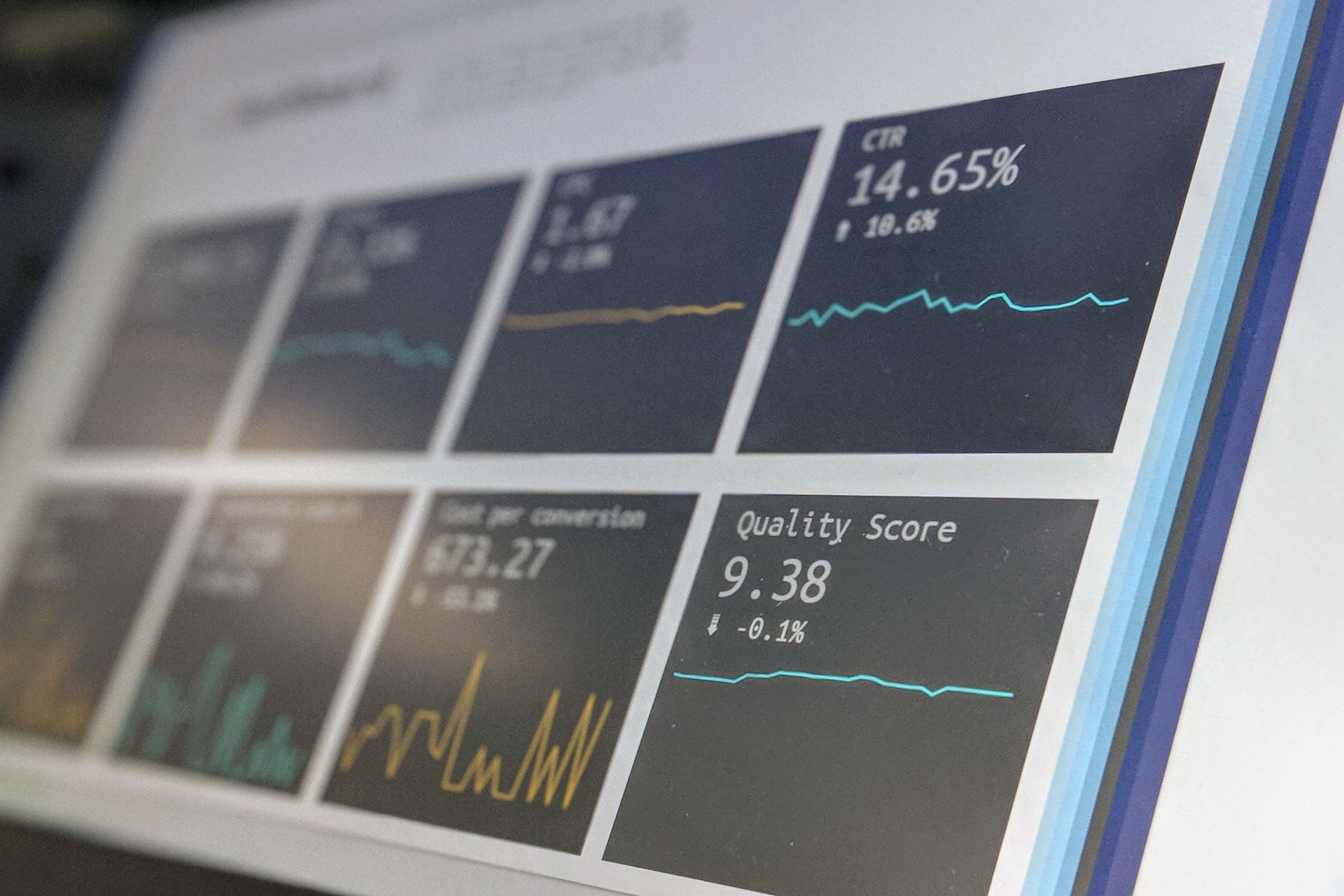
Ransomware Attack 101: Responding to and Reducing the Impact of These Cyber Risks
February 11, 2023 - Emily Newton
Revolutionized is reader-supported. When you buy through links on our site, we may earn an affiliate commision. Learn more here.
Cybercriminals love to maximize the disruption they cause. One of the ways they do that is by orchestrating ransomware attacks. A ransomware attack could quickly disable your network and prevent access to essential files. However, knowing how to handle these events if they happen is critical for minimizing their effects. You should also know some of the best preventive measures. Keep reading to learn about these vital topics and get equipped to share the knowledge with others you know.
Understand the Ransomware Attack Risks
In the best case scenario, people would only read about ransomware attacks and never get personally affected. However, that’s an unrealistic expectation. Research shows ransomware is a genuine and widespread risk.
A NordLocker report analyzed these cyberattacks between January 2020 and June 2022. That research logged 5,212 instances in that time frame. It also found the collective revenue of targeted companies reached $4.15 trillion, and the attacks affected more than 12 million employees.
Research published in 2022 by Hornetsecurity also showed 20% of all ransomware attacks had occurred within a year of the data’s publication. That’s unsettling because it suggests cybercriminals are more likely to plan a ransomware attack than choose other, potentially less damaging, options.
Take Systems Offline After Discovering the Ransomware Attack
Ransomware attacks lock files and networks, preventing people from accessing them before paying what the hacker demands. However, one of the first steps to take when dealing with this situation is to disconnect internet-connected systems. Otherwise, what starts as a relatively isolated ransomware attack could quickly spread as you investigate the matter.
Giving employees no choice but reverting to pen-and-paper methods in a highly digitized world is a jarring experience for everyone involved. However, it’s typically what’s necessary to stop the issue from worsening.
Report the Attack to the Authorities
Alerting the appropriate law enforcement agencies is the next step. That’s particularly important due to the specifics associated with some data privacy laws. For example, if you operate in a country that abides by the General Data Protection Regulation (GDPR), there’s a 72-hour window for reporting data breaches, including ransomware attacks.
Your area’s law enforcement representatives may also be able to help you track the perpetrator. However, it’s best to also plan on hiring an external cybersecurity expert.
Think Carefully Before Paying the Ransom
The first sign of a ransomware attack is typically a digitized note demanding money or another form of payment, such as cryptocurrency. The message promises the restoration of the locked files if the person pays the amount by a deadline. However, research shows things don’t often turn out that way. People who paid the ransom rarely got all their data back. Sometimes, paying didn’t do any good at all.
People have mixed opinions about paying ransoms. Those go beyond that it’s a toss-up whether doing so will get the results the affected parties want. Some argue that doing so is a direct support of criminality. Others say paying the ransom is the most feasible option for potential recovery. That’s typically true if the attacked organization has no data backup and can no longer access all or most of the files essential to its work.
Of course, preventing a ransomware attack is preferable to dealing with one. Here are some things you can and should do before such an event happens.
Secure Your Backups
Hopefully, if a ransomware attack happens, you’ll have backups of the compromised files. If so, they’ll help you get back on track much faster than you could have without that content. However, cybercriminals often do everything they can to find the backups and make them unusable.
That’s why there’s no time to waste in securing your backups. Otherwise, cybercriminals will either encrypt or delete them, putting you back at square one. Cybercriminal practitioners often recommend securing your backups with the 3-2-1 Method. It involves having three recent copies of data stored in two mediums or locations and via one cloud provider. That’s an easy-to-remember way to cover your bases.
Train Employees in Cybersecurity Best Practices
Employees are what keep an organization running smoothly. However, they’re also frequent data breach culprits. A 2021 study from Egress revealed 94% of organizations had experienced insider data breaches within the last year. However, most didn’t stem from malicious intent. Instead, human error was the top cause, playing a part in 84% of serious incidents.
Other findings from the research were that 74% of breaches happened because employees did not follow security policies. Then, 73% of organizations had serious breaches due to phishing attacks. Including ongoing cybersecurity education is an excellent way to help employees understand the role they play in preventing cyberattacks and breaches at your organization.
Keep Software Updated and Patched
Cybercriminals look for various ways to infiltrate the networks they target. They often focus on known software vulnerabilities, hoping their victims haven’t downloaded the respective security patches. Similarly, those who orchestrate ransomware attacks may look for entry points via outdated software, especially that which vendors no longer support. That so-called end-of-life software is a system risk that can facilitate a cyberattack.
People can choose manual or automatic updates. Those in the latter category are often the most convenient because there’s no need to check for the latest software versions. Once one becomes available, it’ll get downloaded and installed without input. However, it’s usually possible to choose when that happens, such as outside business hours.
Create a Robust and Accessible Reporting System
Organizations should have easy-to-use systems that people can use to alert IT teams to anything unusual. Individuals might share details about everything from computers running slowly to spam emails received. Those aren’t necessarily ransomware attack indicators, but they’re instances for cybersecurity professionals to investigate.
Make the system as user-friendly as possible, and follow up on every report filed. People will be more likely to actively use the resource if it’s sufficiently straightforward. Plus, if they know the IT team acts on every input, they’ll realize cybersecurity is a team effort.
Ransomware Attack Awareness Is a Constant Effort
These suggestions will help you get as prepared for a ransomware attack as possible. If you can’t prevent it, the next best thing is to mitigate its impact. Besides following the strategies here, stay abreast of the latest methods and ransomware gangs. Understanding the typical techniques and responsible parties aids in proactive preparedness.
Revolutionized is reader-supported. When you buy through links on our site, we may earn an affiliate commision. Learn more here.
Author
Emily Newton
Emily Newton is a technology and industrial journalist and the Editor in Chief of Revolutionized. She manages the sites publishing schedule, SEO optimization and content strategy. Emily enjoys writing and researching articles about how technology is changing every industry. When she isn't working, Emily enjoys playing video games or curling up with a good book.




